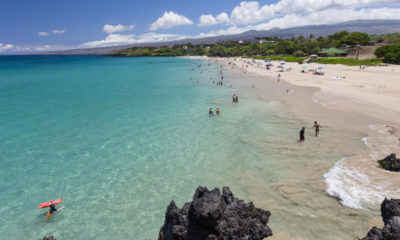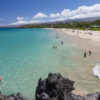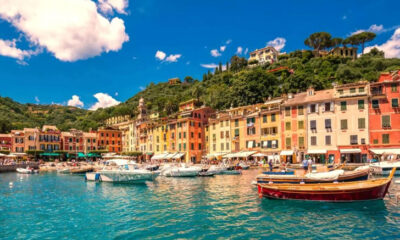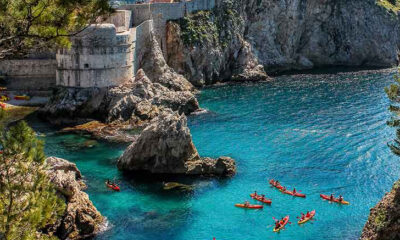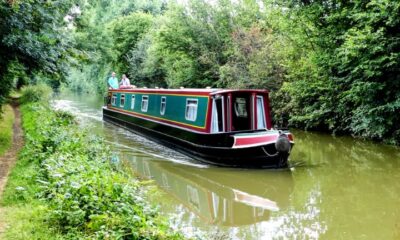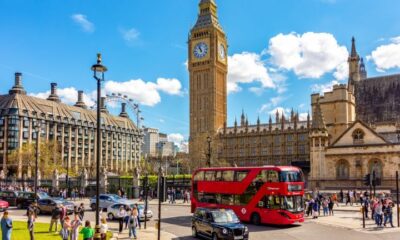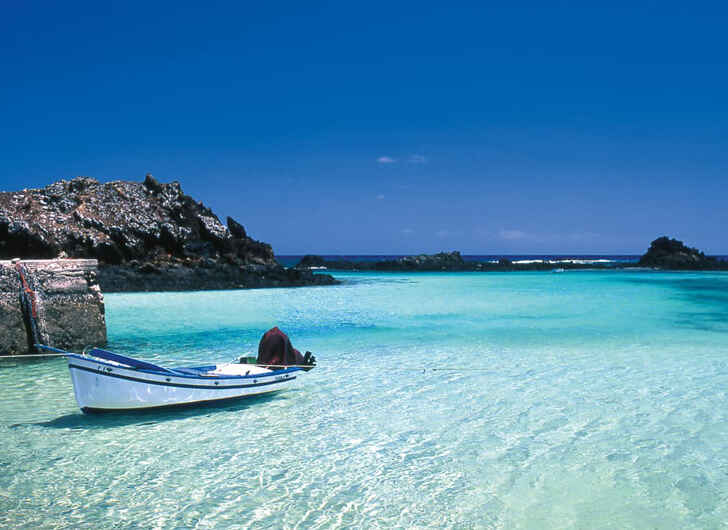 Source: Pinterest
Source: Pinterest
In an effort to combat over-tourism, several regions across Spain are imposing restrictions on the number of people that can visit some of its most popular natural attractions.
According to Breaking Travel News, tourism in Spain’s national parks has increased by 77 percent over the last twenty years, with nearly 16 million visitors yearly.
“Natural environments have to be protected against massive tourism that can degrade them, with regulations that allow their enjoyment, but also guarantee conservation,” a spokesperson for Ecologists in Action, Pau Monasterio, said in a statement reported by Breaking Travel News.
To try and promote sustainable tourism, the following regions now have restrictions on the number of people that can visit daily:
Andalusia – Doñana National Park
Aragon – Ordesa y Monte Perdido National Park
Asturias – Covadonga Lakes
Balaeric Islands – Marítimo-Terrestre de Cabrera National Park
Basque Country – the islet of San Juan de Gaztelugatxe
Canary Islands – Mount Teide National Park (Tenerife), Timanfaya National Park (Lanzarote), La Gomera (Lanzarote), Maspalomas Beach (Gran Canaria), and islet of Lobos (Fuertaventura).
Castilla la Mancha – Chorreras del Cabriel
Extremadura
Galicia – As Catedrais Beach
Madrid – La Charca Verde de la Pedriza
Murcia – Calblanque, Monte de las Cenizas, and Peña del Aguila
Navarra – Urederra, Leurza, Orgi Forest
Valencia – Serra d’Irta Marine Reserve, Peñon de Ifach in Calpe (Alicante), and the cliffs of Cabo de San Antonio

 Source: Pinterest
Source: Pinterest









